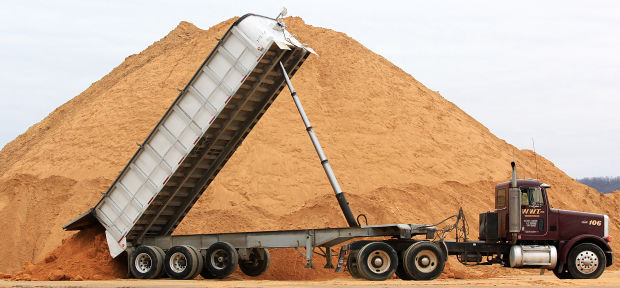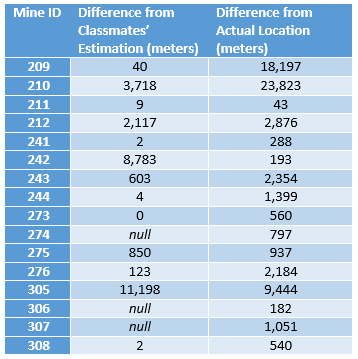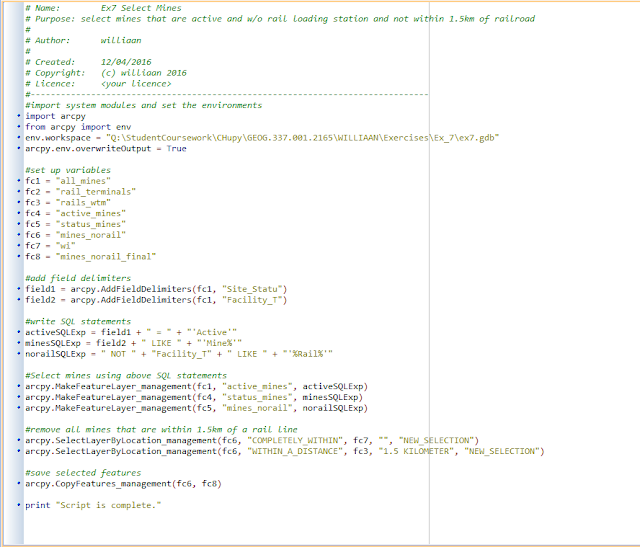Goals and Objectives
The purpose of this lab was to gain experience using various raster geoprocessing tools to build sand mining suitability and sand mining impact models. These models took both environmental and cultural risks into account within the study area of Trempealeau County, WI.
Methods
Frac Sand Mining Suitability Model
 |
| Figure 1: suitability index model |
The following criteria was used to calculate mining suitability:
- Geology
- Land Use & Land Cover
- Distance to Railroads
- Slope
- Water Table Depth
 |
| Figure 2: suitability ranking justification table |
Frac Sand Mining Impact Model
 |
| Figure 3: impact index model |
The following criteria was used to calculate mining impact:
- Streams*
- Prime Farmland
- Residential Areas
- Schools
- Wildlife Areas
*For streams, I decided to only use Order 2 - 9 (Strahler Stream Order) streams since contamination of larger streams poses a greater risk to surrounding environments.
 |
| Figure 4: impact ranking justification table |
Overlay of Models
 |
| Figure 5: best locations model |
After creating both a suitability and impact index model, I overlaid these two models using Raster Calculator to ascertain the best locations for frac sand mines in Trempealeau County, WI (Figure 5).
Viewshed
Finally, to gain some experience using the Viewshed Tool in Arc Map, I chose to take a look at visibility from a few parks in Trempealeau County, WI. This was a valuable exercise since the Viewshed Tool can be very useful within the fields of military geography and urban planning, among others.Results
After running all of my models, I utilized ArcMap to create cartographically pleasing maps depicting my findings.
Frac Sand Mining Suitability Model
 |
| Figure 6: suitability maps |
Frac Sand Mining Impact Model
 |
| Figure 7: impact maps |
Best Locations
 |
| Figure 8: best location map |
Viewshed
 |
| Figure 9: viewshed tool map |
Discussion
After examining my map detailing the best locations for frac sand mines in Trempealeau County, I determined that the northwestern corner of the county seemed to have both the best suitability and least risk (Figure 8). It is important to remember, however, that only ten factors were assessed during this lab. Countless other factors such as commerical areas, major roadways or locations of current mines could influence the final placement of a mine. Additionally, in-person site inspections should be carried out to make final determinations since models are not completely reliable. Despite this, my models and final map provide a valuable, albeit general, look at the best locations for sand mines.Conclusions
Sources
Cropland Cover. In United States Department of Agriculture. Retrieved March 15, 2016 from http://datagateway.nrcs.usda.gov/Trempealeau County Land Records. Retrieved March 15, 2016 from http://www.tremplocounty.com/tchome/landrecords/
United States Department of Transportation. Retrieved March 15, 2016 from http://www.rita.dot.gov/bts/sites/rita.dot.gov.bts/files/publications/national_transportation_atlas_database/index.html
United States Geological Survey. Retrieved March 15, 2016 from http://nationalmap.gov/about.html
Web Soil Survey. In United States Department of Agriculture. Retrieved March 15, 2016 from http://websoilsurvey.sc.egov.usda.gov/App/HomePage.htm




















